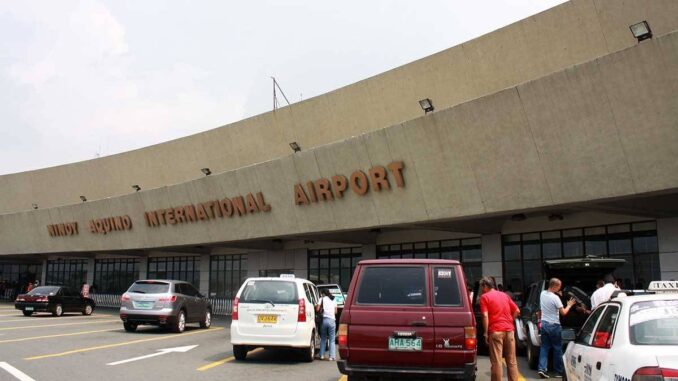
NEW NAIA Infrastructure Corp. (NNIC), the San Miguel Corp.-led consortium with the 15-year concession for the Ninoy Aquino International Airport, will need to expand and improve the way people get in and out of the airport. Thus far, the consortium’s plans for fixing this problem have not been convincing.
In San Miguel’s proposals, the focus has been on helping car-users with their airport access and parking. They have talked about expanding the NAIA Expressway, SMC’s toll road leading to the airport; penalizing cars lingering or waiting in the drop-off/pickup areas; and expanding the number of parking spaces, redesigning the parking lots at NAIA and increasing the hourly and daily charges for parking at the airport. This is not what we need and not what we want to hear. Based on the principle of induced demand, when you plan for accommodating more cars, you get many more cars and even greater congestion.
For SMC to focus on the needs of car users is to be expected, because its business interests are in tollways (SMC Infrastructure) and gas stations (Petron). But SMC shouldn’t allow its commercial self-interest to dictate the transportation choices available to the public, especially for an important facility such as NAIA.
All over the world, the most efficient and passenger-friendly airports are those that allow a wide range of options for accessing the airport, with public transportation as the most attractive and efficient option. In every major airport around the world, getting to the airport using a train or bus, even with lots of luggage, is a real and popular choice. The new NAIA concessionaire should therefore focus on this aspect of airport operations.
Although NAIA is one of the planned stops of the under construction Metro Manila Subway, it is possible that the subway’s completion date may go beyond NNIC’s 15-year concession. Already, the project is beset by major right-of-way difficulties. Cost escalation is another major threat. What are some of the options for earlier and better public transport provision at NAIA?
Looking at satellite maps of the airport compound, it is amazing how close the LRT 1 tracks and depot are to the airport — the LRT 1 depot and NAIA are only separated by a road. Planners have been talking about a rail line to the airport for decades. It should be possible for LRT 1 to include an extension to NAIA, possibly using an elevated automated walkway or monorail to connect to the airport terminal. This is a relatively simple project that could be completed in three years or less, way before the Metro Manila Subway is operational.
NAIA also needs an efficient bus service to the airport. Today, the airport is served by the Premium Airport Bus (also known as Ube Express). This service should be expanded to reach more destinations around Greater Manila. A good model would be the airport bus services from Narita Airport in Tokyo, which operate with high frequency (departure every 20-30 minutes) and with many routes and dropoff/pickup points at major hotels throughout the city. This means that a passenger can book a bus ride to the airport from many major hotels around Tokyo. In Manila, the airport bus services could include terminals and shopping malls as stops.
The priority given to public transport at airports is also reflected in the airport access given to bus services. At the Incheon International Airport that serves the Seoul metropolitan area, airport buses are assigned bus bays closest to the airport entrance and exit doors so that bus passengers have only a short walk. Private motor vehicles, in contrast, are required to use the roadway that is located farther away from the entrance to the airport, reflecting their lower priority. In the Philippines, however, it is usually the other way around — with those in cars able to access the walkways closest to the entrance gates, while those using public transport having to board and alight at more remote and isolated sections of the airport. This is one aspect that NNIC can immediately implement — placing the airport bus loading areas in a more prominent section of the airport.
Another way to prioritize public transport is to provide exclusive lanes for public transport on all roads leading to NAIA. If buses travel smoothly to the airport while private vehicles are stuck in traffic, pretty soon we will see more air passengers opting for public transport instead of using a private motor vehicle. These bus-only lanes could be new branches of the EDSA busway, offering the most reliable way to get to the airport.
If roads to NAIA are regularly congested with private motor vehicles, it is mainly because the lack of safe and reliable public transport compels most Filipinos to travel to the airport in a private motor vehicle. Filipinos deserve a world-class gateway international airport that offers the full range of options for transportation to and from the airport, with highest priority given to public transport. The good news is that there are ready, cost-effective solutions available to address this problem. NNIC needs to make efficient public transportation to the airport a top priority.
Robert Y. Siy is a development economist, city and regional planner, and public transport advocate. He is a co-convenor of the Move As One Coalition. He can be reached at [email protected] or followed on Twitter at @RobertRsiy.


Be the first to comment